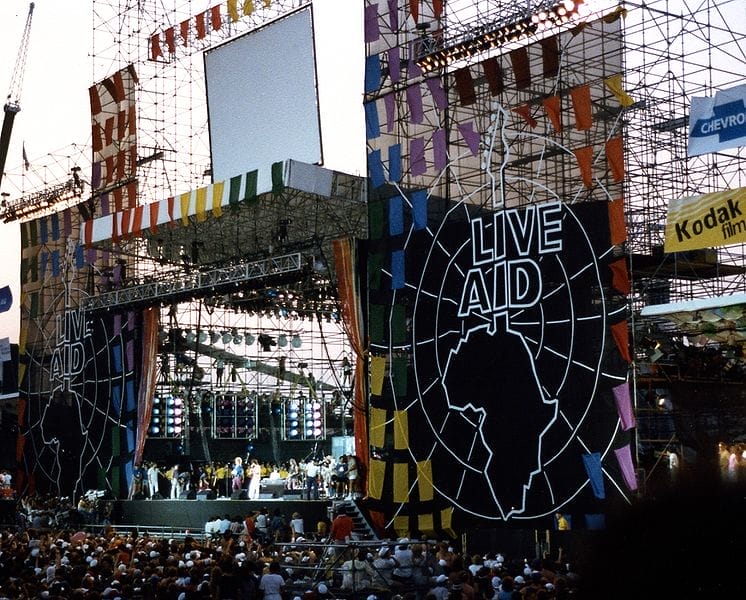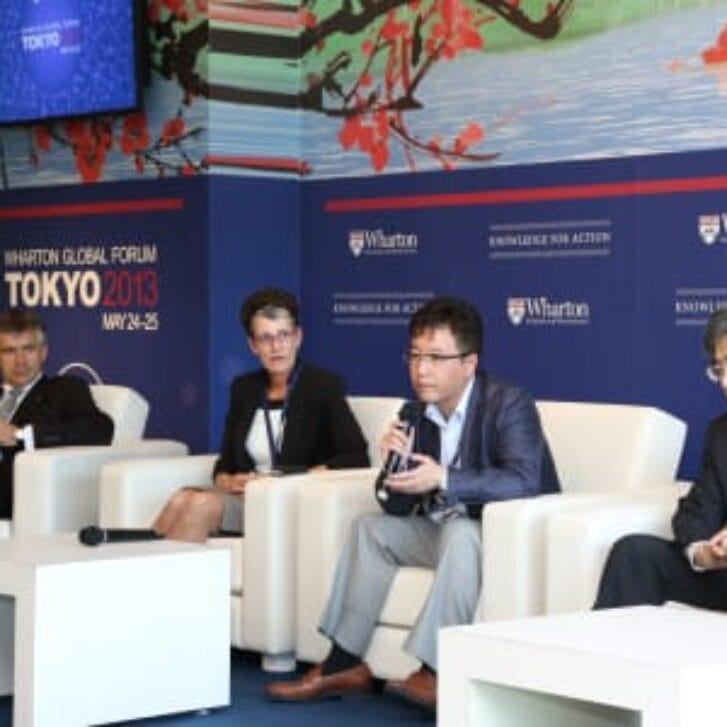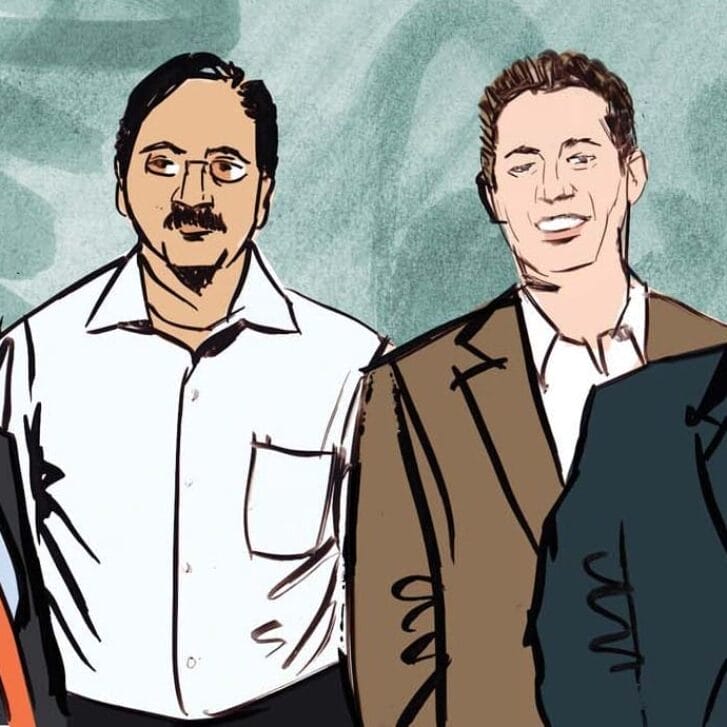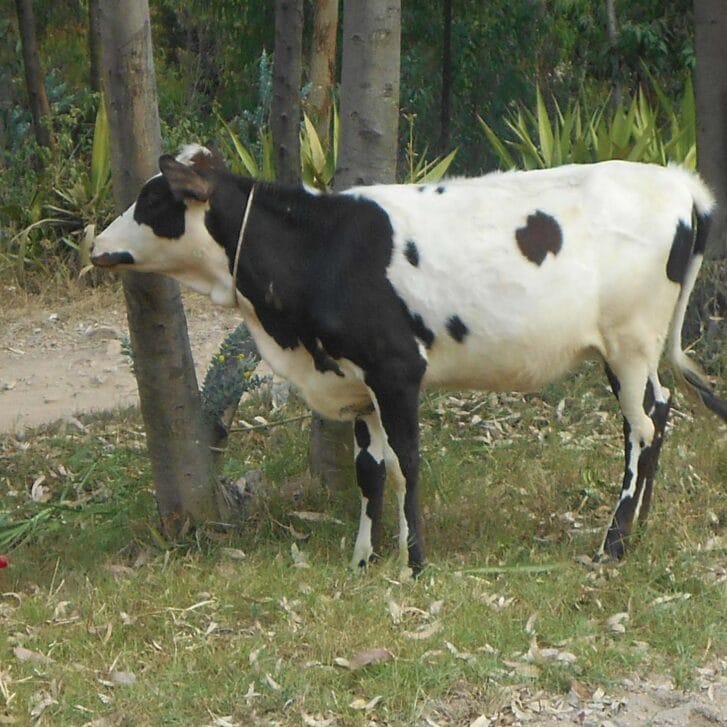Singer Bob Geldof started a revolution in the global telecommunications infrastructure in 1985. His production of Live Aid as a philanthropic response to starvation and human devastation in Ethiopia was a turning point in the global competitive and regulatory telecommunications infrastructure we see today. He brought new forces into the relationships between broadcast property owners and the rapidly evolving technological playing field. Geldof made that happen.
The technological watershed was a long time coming. According to my research, the first satellite television signal was relayed from Europe to the Telstar satellite over North America in 1962. The first national network of satellite television, called Orbita, was created in the Soviet Union in 1967, for rebroadcasting and delivering TV signals to ground downlink stations. ATS-6, the world’s first experimental educational and Direct Broadcast Satellite, was launched in 1974. The first Soviet geostationary satellite to carry Direct-To-Home television, called Ekran, was launched in 1976.

Bob Geldof rocking in 1987. Photo credit: Wikimedia Commons.
As for Geldof and Nelson Mandela, the story began when the singer of an Irish rock group called the Boomtown Rats traveled to Ethiopia in 1984 after hearing news reports of a horrific famine that had killed hundreds of thousands of people and threatened to kill millions more. Now, as I remember, the only reason the famine became known to all of us was because Geldof was on his way from some concert or video shoot, and he happened upon this situation with the ability and the tools to videotape mass hunger. His videotape became network news all over the globe, and the Ethiopian famine became a worldwide cause. It led to the Live Aid concert. By the way, nobody had ever heard of Geldof before, so nobody thought he would be able to pull this off.
Upon his return to London, Geldof called Britain’s and Ireland’s top pop artists to record a single to benefit Ethiopian famine relief. “Do They Know It’s Christmas?” was written by Geldof and Ultravox singer Midge Ure and performed by Band Aid, an ensemble that featured Culture Club, Duran Duran, Phil Collins, U2, Wham! and others. It was the best-selling single in Britain and raised more than $10 million.
“Do They Know It’s Christmas?” was also a number-one hit in the United States and inspired U.S. pop artists to come together and perform “We Are the World,” written by Michael Jackson and Lionel Ritchie. USA for Africa, as the U.S. ensemble was known, featured Jackson, Ritchie, Geldof, Harry Belafonte, Bob Dylan, Cyndi Lauper, Paul Simon, Bruce Springsteen, Tina Turner and Stevie Wonder, among many others. That single raised $44 million. (For more on all of this, read the History Channel article on Geldof and Ethiopia.)
With Live Aid and his music, Geldof pulled together international television downlinks in multiple countries; navigated broadcast rules, treaties and legal agreements; and turned competitors into collaborators. Pulling together ABC, CBS and NBC alone was a miracle because the big three broadcasters are arch competitors. And to do it all in a matter of weeks was considered downright impossible; not to mention that Geldof, at that time, was hardly a household name.
What is more important, however, is how the energy created in the 1980s led from “We Are the World” to a series of songs about Mandela. Artists like Paul Simon gave music to the movement to free the political prisoner and resulted in a series of globally distributed concerts before Mandela’s release from jail. Thanks to Geldof and the musical champions of Mandela’s cause, a fractured broadcast industry was brought together and able to beam messages of hope and freedom.


























